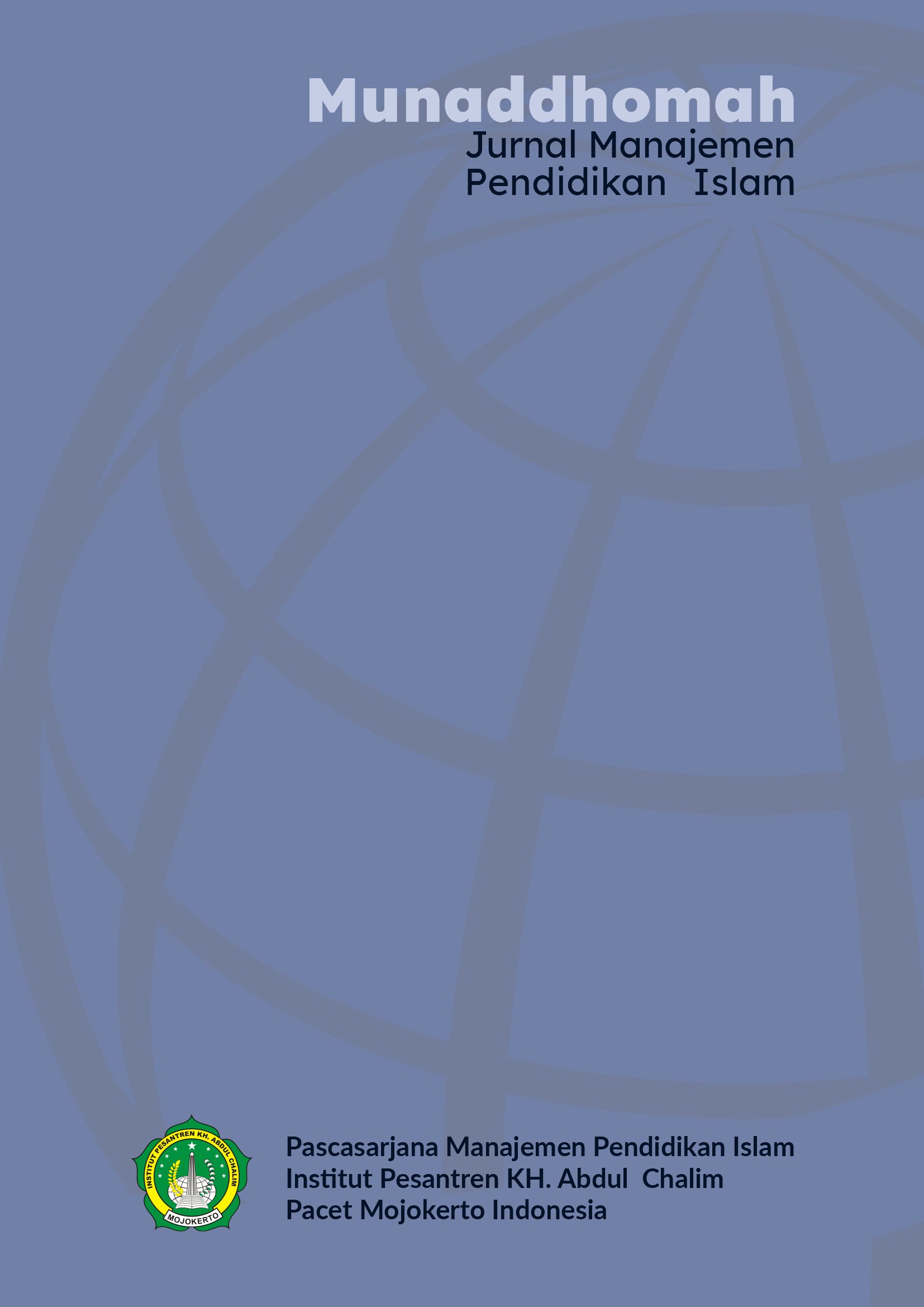The Evolution of Teacher Education and Professional Development in Japan: Education as a Craft
DOI:
https://doi.org/10.31538/munaddhomah.v5i4.1409Keywords:
Collaborative Practices, Continuous Improvement, Experiential Learning, Japanese Education, Professional DevelopmentAbstract
This study examines Japan's teacher professional development model, emphasizing teaching as a “craft” and its integration within an extensive in-service education system. It highlights the postwar evolution of teacher training in Japan, where universities play a pivotal role in preparing educators through an integrated system. The research explores assumptions about in-service education, detailing programs such as internal professional development, government-sponsored initiatives, and teacher-led networks. Unique to Japan is the peer-based model fostering collaboration among colleagues, enhancing “craft knowledge” through reflective practice and continuous training. This approach intertwines past professional practices with present applications, preparing for future teaching needs. The historical influence of the postwar American occupation shaped Japan's distinctive teacher education model, combining in-service and graduate-level programs to develop specialized competencies. The study also addresses critical issues, including teachers' intensified working hours, limited autonomy, and the stress linked to ongoing professional development. It underscores how teaching as a craft deeply embeds itself in Japanese teachers' lives, particularly at the elementary level, and identifies six themes influencing their development. Through a descriptive and analytical methodology supported by historical documents, empirical studies, and existing literature, the paper presents a comprehensive overview of Japan's professional development strategies, offering insights into its educational culture. These strategies, based on collaboration and reflective practice, serve as a valuable model for academic communities in Lebanon and the Arab world, highlighting the integration of traditional teaching concepts with modern professional training.
Downloads
References
Ahn, R. (2022, September 29). Japan’s innovative approach to professional learning. kappanonline.org. [URL: https://kappanonline.org/japan-innovative-approach-professional-teacher-learning-ahn-shimojima-mori-asanuma/]
Badawi, H. (2023). Learning from Japan: Advancing Education in the Arab and Islamic World through Creative Approaches. Nazhruna: Jurnal Pendidikan Islam, 6(2), Article 2. https://doi.org/10.31538/nzh.v6i2.3516
Badawi, H. (2024a). Education Reform in Post-War Japan: An Interdisciplinary Analysis of Policies, Impact, and Historical Context (1945–1952). At-Tadzkir: Islamic Education Journal, 3(2), Article 2. https://doi.org/10.59373/attadzkir.v3i2.56
Badawi, H. (2024b). Exploring Classroom Discipline Strategies and Cultural Dynamics: Lessons from the Japanese Education System. Tafkir: Interdisciplinary Journal of Islamic Education, 5(1), Article 1. https://doi.org/10.31538/tijie.v5i1.663
F.R.U.S.: Foreign Relations of the United States Reference list: F.R.U.S.: Foreign Relations of the United States, Department of State, Volumes: VI, VII, VIII, XVIII. (1960). Washington, United States Government Printing Office.
Finn, R. B. (1992). Winners in Peace: MacArthur, Yoshida, and Postwar Japan. University of California Press.
Gordon, J. A., Fujita, H., Kariya, T., & LeTendre, G. (2015). Challenges to Japanese education: Economics, reform, and human rights. Teachers College Press.
Hidaka, D. (1956). The Aftermath of Educational Reform. The Annals of the American Academy of Political and Social Science, 308, 140–155. [URL: http://www.jstor.org/stable/1030820]
Hilgenberg Jr., J. F. (1993). From Enemy to Ally: Japan the American Business Press and the Early Cold War. University Press of America.
Isaac Young. (2009). Shut up and Sing: The Rights of Japanese Teachers in an Era of Conservative Educational Reform. Cornell University Law School Research. [URL: https://scholarship.law.cornell.edu/cgi/viewcontent.cgi?article=1741&context=cilj]
Kimura, H., & Iwata, Y. (2007). The Historical Trend of Teacher Identity in Japan: Focusing on Educational Reforms and the Occupational Culture of Teachers. Hitotsubashi Journal of Social Studies, 39(1), 19–42. [URL: http://www.jstor.org/stable/43294511]
O.J.P.P.: Occupation of Japan: Policy and Progress. Washington, United States Government Printing Office. (1946).
Pittau, J. S. (1967). Political Thought in Early Meiji Japan 1868 - 1889. Harvard University Press.
Takakura, S. (1993). The Recent Reform of Teacher Education in Japan: Politics, Education, and Teacher Education. Peabody Journal of Education, 68(3), 15–20. [URL: http://www.jstor.org/stable/1492909]
Willoughby, C. A., & Chamberlain, J. (1954). MacArthur 1941 - 1951. Hill Book Company.
Wood, J. (1998). The Forgotten Force: The Australia Military Contribution to the Occupation of Japan 1945 - 1952. Allen & Unwin.
Downloads
Published
How to Cite
Issue
Section
License
Copyright (c) 2024 Ghina Badawi, Habib Badawi

This work is licensed under a Creative Commons Attribution-ShareAlike 4.0 International License.
Munaddhomah: Jurnal Manajemen Pendidikan Islam is licensed under a Creative Commons Attribution-ShareAlike 4.0 International License.
Based on a work at https://pasca.jurnalikhac.ac.id/index.php/munaddhomah
















